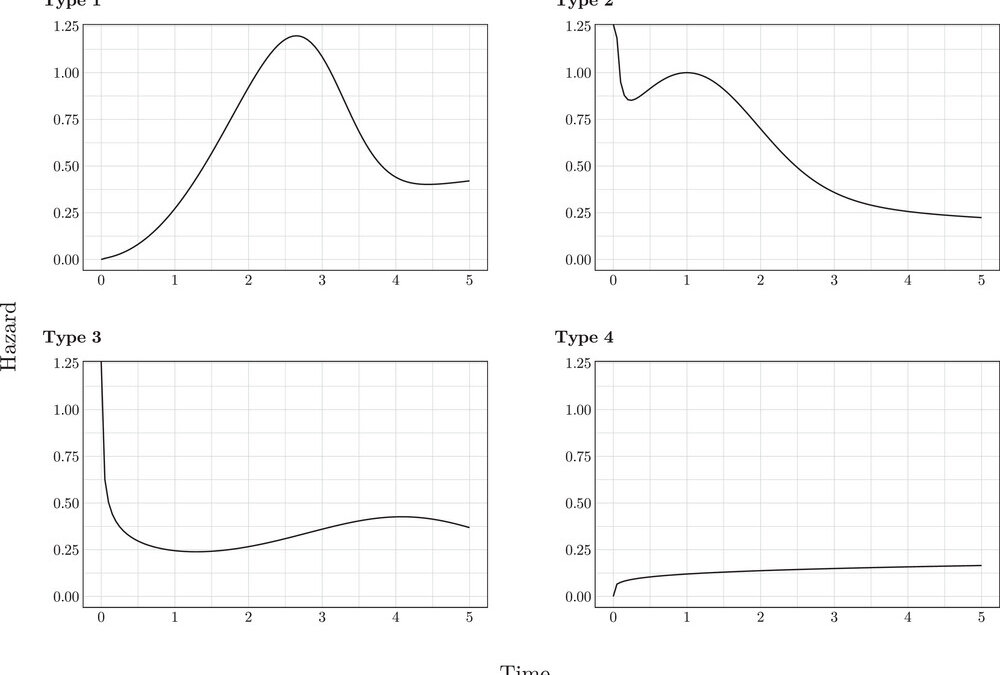
by Usha Govindarajulu | Sep 24, 2025 | Biostatistics, Blog, Usha Govindarajulu
September 22, 2025 The authors have presented a new method to allow accelerated failure time models (AFTs) to have a flexible parametric framework and to also allow implementing mixture and non-mixture cure models. The authors aimed to introduce extensions to the...

by Usha Govindarajulu | Sep 10, 2025 | Biostatistics, Blog
September 10, 2025 The authors developed a general estimation method for inference in partially linear models with nonmonotone missing at random data. The unified estimation method was already developed for parametric regression models with nonmonotone MAR data where...

by Usha Govindarajulu | Aug 28, 2025 | Biostatistics, Blog, Usha Govindarajulu
August 27, 2025 The authors are motivated by small sample laboratory or animal studies with non-Gaussian biomarker values and came up with a bootstrap box-cox likelihood ratio confidence interval for the median. Normally due to non-normality of data, one might...

by Usha Govindarajulu | Aug 13, 2025 | Biostatistics, Blog, Usha Govindarajulu
August 13, 2025 The authors looked at a method called survival average causal effect (SACE) for dealing with situations when continuous outcome measurements are truncated by death and cause problems for estimating unbiased treatment effects in randomized controlled...

by Usha Govindarajulu | Jul 30, 2025 | Biostatistics, Blog, Usha Govindarajulu
July 30, 2025 The authors present a new method for predictive performance assessment that works for non-parametric and semi-parametric models and can check with addition of a frailty term and also for smoothing. The predictive log-likelihood idea does not work well...

by Usha Govindarajulu | Jul 16, 2025 | Biostatistics, Blog, Usha Govindarajulu
July 16, 2025 The authors discuss how to correctly interpret causal hazard contrasts and how the analyses of hazards should routinely be translated onto probabilities. As they mentioned in their discussion, hazards are the backbone of analyses of time-to-event data...






